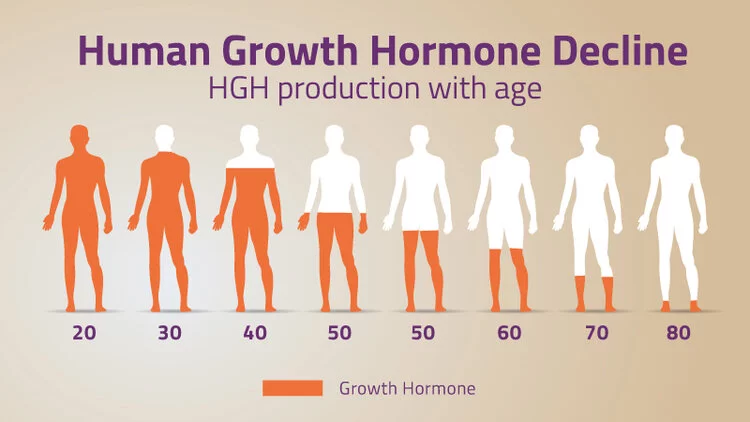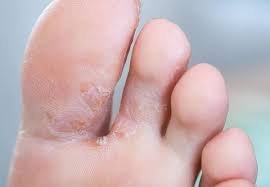The market for biosurgery will grow at a healthy 5.7% CAGR, from its estimated value of $15.93 million in 2021 to $26.25 billion by 2030.
The trend of bio-surgery is attracting investments in R&D and providing prospective business prospects. Living cells are increasingly being used to treat wounds because they enable quicker healing and better tissue regeneration, even in the most challenging circumstances. Additionally, bio-based wound care methods have been found to significantly lessen wound scarring when compared to traditional patches and stitches. It is anticipated that more businesses that currently sell traditional wound healing goods will soon expand their product lines to include bio-based wound care items, including patches, scar sealants, and much more. Porcine collagen, bio-based electrospun fibers, blood-derived materials, and other materials are being used to create novel bio-based wound dressing approaches.
Market Dynamics
DRIVERS:
- Procedures for tissue adhesion & repair are being revolutionized by new items that are being created. Fibrin sealants are utilized in contemporary wound treatments together with a variety of applicator technologies to stop bleeding while the site is being treated. In order to cure wounds, businesses have created ready-to-use patches that may be applied to both dry and moist locations.
- Accidents have raised the need for lengthy surgery procedures, which has boosted the demand for products that effectively control blood loss. The hemorrhage causes more than 35 percent of pre-hospital fatalities and more than 40% of deaths that occur within 24hrs of the injury, according to the National Trauma Institute. Thus, one of the key drivers driving the biosurgery market is the necessity to minimize blood loss. This resulted in increasing use of biosurgery goods over conventional products.
RESTRAINTS:
The market for biosurgery commands high prices since existing competitors are engaged in intense competition. The targeted patient population in growing countries prefers the conventional product throughout surgeries due to the high cost & hospital payment scenario for these goods, which then, in turn, is limiting & restraining the market growth. Owing to the high cost of biosurgery products, emerging nations choose to perform surgeries using traditional methods like sutures and ligature-based treatments.
OPPORTUNITIES
The adoption of cutting-edge biosurgical products is on the rise in emerging nations. Large patient populations for the target indications (cardiovascular, Gynecological, and orthopaedic illnesses), expanding health awareness, increasing medical tourism, rising healthcare spending, and quickly evolving healthcare infrastructure are characteristics of the markets in emerging nations. In emerging economies, medical procedures are considerably less expensive than in industrialized ones. Government organizations in these regions are also taking steps to assist their particular healthcare systems, which fosters market growth and increases opportunities for biosurgery.
Market Segmentation
The market is bifurcated into:
Based on Surgery
- General
- Orthopedic
- Cardiovascular
- Neurological
- Gynecological
- Reconstructive
- Thoracic
- Urological
Based on Origin
- Synthetic
- Biological
Based on End-user
- Clinics
- Hospitals
- ASCs
- Others
Geography
North America
- USA/America
- Mexico
- Canadian Provinces
- Rest of N.A.
Europe
- Suomi
- Germany
- Hungary
- France
- U.K.
- Netherlands
- Turkey
- Rest of Europe
Asia Pacific
- China
- Japan
- South Korea
- Australia
- India
- Remaining APAC
LAMEA
- Argentina
- Saudi Arabia
- Brazil
- Uruguay
- Rest of L.A.M.E.A.
By surgery, the general surgery segment, which had a strong CAGR of 8.6%, dominated global biosurgery market in 2020. The total growth of this market is being fueled by elements like the acceleration of technological development and the increased popularity of technically sophisticated surgeries in emerging nations. Based on the Estimation of National Surgical Needs of India 2020, 949 procedures are carried out each year, 614 of which are conducted on men and 335 on women.
In 2020, the Hospitals category will hold a sizable market share based on End Users. The segment’s overall expansion is being driven by elements including the exponential growth of hospitals, infrastructural and economic development, particularly in emerging nations, and the growing amount of surgical procedures carried out in hospital operating rooms. According to Stanford Health, around 48 million procedures are carried out annually in hospitals, with cardiac disorders accounting for the largest proportion—nearly 7.3 million—in the United States.
According to regions, North America held the highest market share in 2020. The N.A. region has the highest percentage, which is primarily due to the region’s reimbursement policy initiatives for biosurgery products, growing number of healthcare facilities, extremely developed healthcare system, a growing number of vendors, and growing prevalence of severe trauma, lifestyle disorders, and growing elderly population. More than 46 million persons in the United States are over the age of 65, and by 2050, it is expected to rise to 90 million, based on the rural health information hub. By 2030, it is expected that one in every five Americans will be over 65.
Key Companies
- Baxter International Inc.
- Johnson & Johnson
- Becton, Dickinson & Co.
- Medtronic Plc
- Stryker Corp.
- B. Braun Melsungen AG
- CSL Ltd.
- Integra Lifesciences Holdings
- Pfizer Inc.
- Hemostasis L.L.C
- Zimmer Biomet
- Cyrolife Inc.




